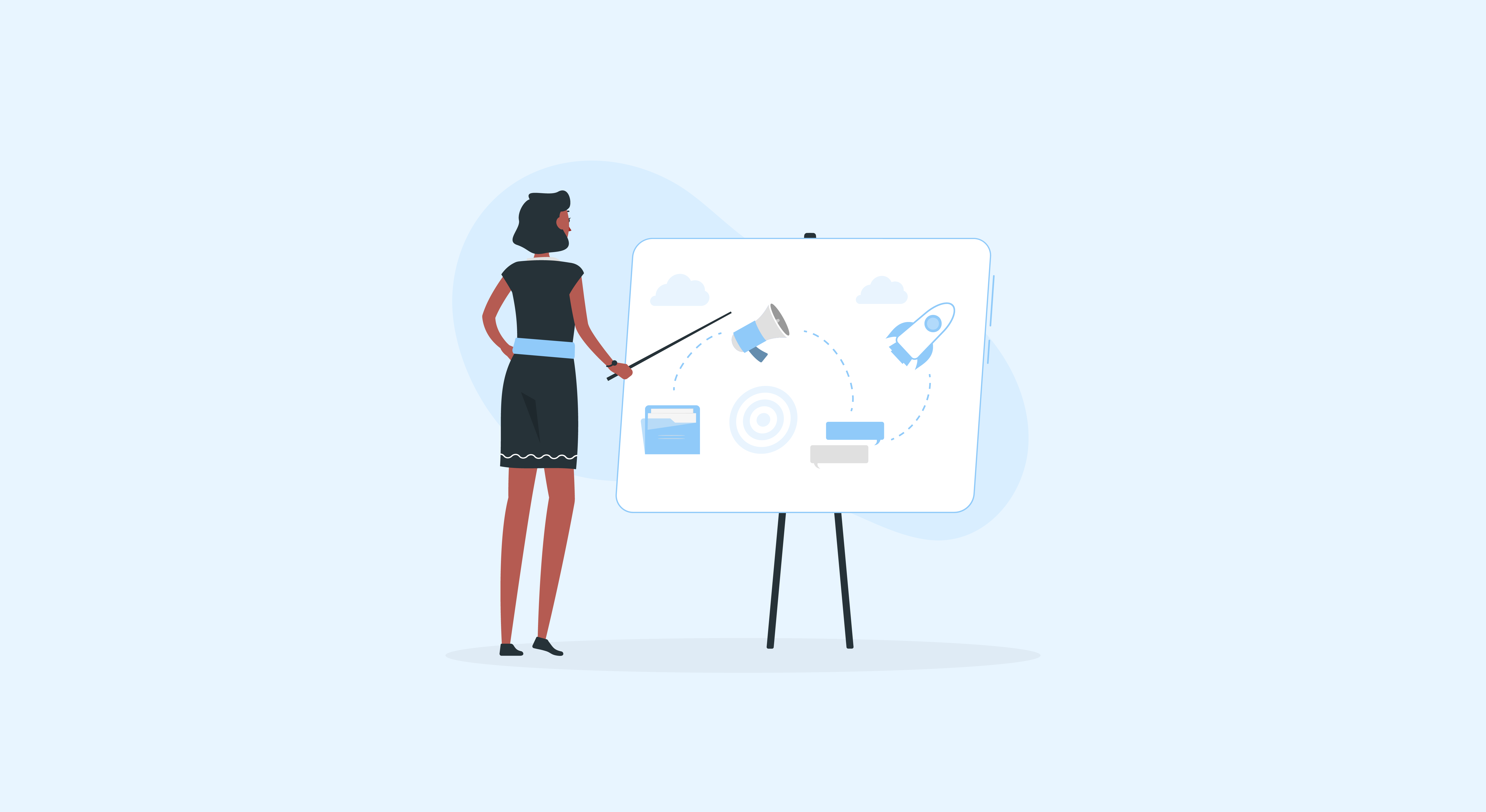Years ago, a simple service outage would stump an entire organization for a few hours. Today, technological advances make possible a suite of resources that support teams can draw on to maintain a disruption-free service experience. For a technology that is so complex and powerful, you would assume that the people managing it, the support teams, would be doing something equally complex and meaningful.
Except they don’t. What support teams actually do is perpetually put out small fires. They send out the same customer onboarding forms, solve the same payment issues, and reset the same passwords every day. You would think a group of skilled support personnel would have a better objective than that. Instead, they are trapped in a vicious cycle of day-to-day mishaps.
There is a way out. You need to anticipate and prevent customer issues before they happen. You need to become proactive. When technology progresses further, relying on reactive service would be similar to operating a Qualcomm computer at 2G speed.
What is Proactive Support?
Proactive support refers to preemptively delivering information that prevents issues from arising or prepares the customers for navigating the issue if it does arise. It is essentially customer outreach, but highly relevant and targeted. Proactive support helps you improve engagement and deliver better experiences.
Proactive Support on the Rise
The service standards set by today’s leading businesses are so high that reactive support won’t cut it anymore. In the age of any time, anywhere support, customers won’t appreciate being made to wait or transferred around support desks. You can give faster support, but you won’t get back the time lost in asking and getting support. At the core of proactive support lies user convenience and efficiency. Furthermore, in order for employees to reach their maximum potential, they should stop getting bombarded with trivial issues. Proactive support is the way to achieve that.

Proactive Chat
Offer support and prompt customers with personalized messages, contextual promotions, and relevant product information, in real-time, with HappyFox’s Proactive Chat.
How to Implement Proactive Support?
By reaching out ahead of disappointments, you are making the customer experience much more seamless and supported. Over the course of time, proactive support may save you cost to service and perhaps a few negative social media reviews.
But, how are the time-strapped support teams supposed to provide proactive customer support? You can start with these simple steps:
Step 1: Adopt more engaging support channels
By the nature of proactive support, it cannot be provided effectively through traditional support channels. Customers won’t find it helpful if you randomly call them up to know if they have an issue or email them without a targeted value. Proactive support calls for establishing a sophisticated digital connection with your customers. It is evident now that digital channels are the future of customer support. Look at the below example of proactive support in e-commerce.

Customers are increasingly using digital channels such as chatbots and live chat to communicate with a brand. It will be convenient for the customer service team to reach the customers on these channels. Based on their activity on these channels, you can categorize them as website visitors, potential buyers, cart abandoners, etc, and send targeted, focused proactive chats to make their experience easier.
Customers won’t find these channels intrusive, only helpful. Say you sign up for a credit card. You may have several questions on how to activate it. Imagine you get a follow-up message or email that clearly states the steps of activation. You need not bounce around the website or wait on hold with support agents for the answers. This is an example of how proactive support can provide prescient and simplified support. It is as simple as sending pricing explanations to a customer on the pricing or checkout page and sending an abandoned cart message to a return visitor. By identifying problems beforehand, you are also building customer trust and avoid frustrations.

The trick is to implement convenient and easy-to-use digital communication channels. HappyFox Chatbot and Live Chat make engaging with customers quicker and easier. HappyFox chat messaging suite also includes In-app Chat Support for Mobile Apps, allowing you to reach customers on their most preferred device, their mobile.
Step 2: Identify proactive support opportunities by identifying friction points
A customer lifecycle may have several roadblocks that proactive support can solve. But you should not try to address everything at once. The key is to only address focused, high-priority support experiences that add the most value to your customers. Identify friction points or pain points that generate the most inbound calls and support tickets. Identify common questions. Do all new customers find the sign-up part difficult? Does everyone end up reaching support during sign-up? It is a high-priority proactive support opportunity. You should address it first. You can identify these opportunities with constant customer needs analysis or customer feedback.
A proactive approach will ensure higher customer satisfaction, as the effort taken to carry out important actions is greatly reduced. Remember that happy customers are your brand advocates. Customer satisfaction should be your highest priority metric.
Step 3: Reduce support touchpoints by helping customers help themselves
Sooner or later, self-service is where customer engagement is heading. Self-service should be more intuitive and sophisticated, helping customers solve a wide range of issues themselves. If your aim is to meet customer expectations, providing quick support won’t suffice. You must reduce the steps taken to solve a problem. You must cut short the touchpoints.
Self-service is a form of proactive support strategy that will help you do that. Customers can learn about your products and services before they begin for easy consumption. At any point when they get stuck, they can self-serve by referring back to a knowledge base or a support portal. You can also trigger chats with relevant FAQ pages and guides based on the actions the customer takes. It is a much effective alternative to reactive customer service where support is only provided when the customer makes the ask.
Support is evolving, you should too
Proactive customer service will be the new normal sooner than you expect. Customers are aware of what today’s technology makes possible in terms of customer support. Tap into the massive benefits of proactive support to build long-lasting customer loyalty and customer retention. Read more about proactive chat to get started.








